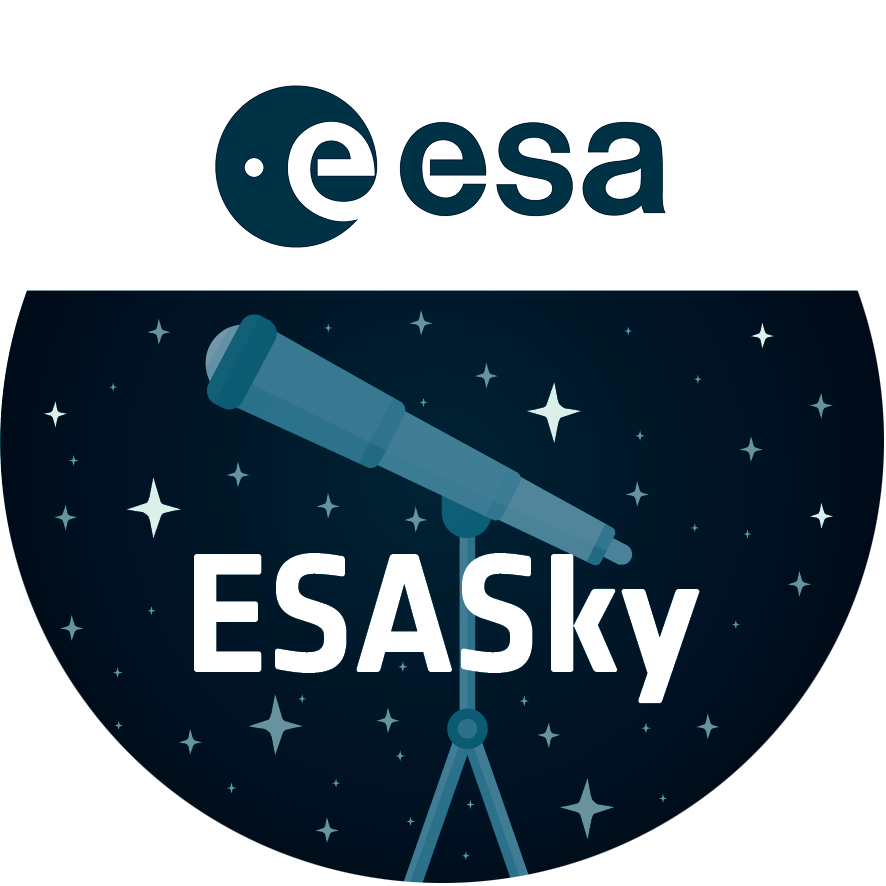Flocculent spiral NGC 2841
Star formation is one of the most important processes in shaping the Universe; it plays a pivotal role in the evolution of galaxies and it is also in the earliest stages of star formation that planetary systems first appear.
Yet there is still much that astronomers don’t understand, such as how do the properties of stellar nurseries vary according to the composition and density of gas present, and what triggers star formation in the first place? The driving force behind star formation is particularly unclear for a type of galaxy called a flocculent spiral, such as NGC 2841 shown here, which features short spiral arms rather than prominent and well-defined galactic limbs.
Credit:NASA, ESA and the Hubble Heritage (STScI/AURA)-ESA/Hubble Collaboration Acknowledgment: M. Crockett and S. Kaviraj (Oxford University, UK), R. O'Connell (University of Virginia), B. Whitmore (STScI) and the WFC3 Scientific Oversight Committee.
About the Image
| Id: | heic1104a |
|---|---|
| Type: | Observation |
| Release date: | 17 February 2011, 15:00 |
| Related releases: | heic1104 |
| Size: | 3897 x 3044 px |
About the Object
| Name: | NGC 2841 |
|---|---|
| Type: | Local Universe : Galaxy : Type : Spiral |
| Distance: | 65 million light years |
| Constellation: | Ursa Major |
| Category: | Galaxies |
Coordinates
| Position (RA): | 9 22 3.27 |
|---|---|
| Position (Dec): | 50° 58' 34.22" |
| Field of view: | 2.58 x 2.02 arcminutes |
| Orientation: | North is 84.4° left of vertical |
Colours & filters
| Band | Wavelength | Telescope |
|---|---|---|
| Ultraviolet U | 336 nm |
Hubble Space Telescope
WFC3 |
| Optical V | 547 nm |
Hubble Space Telescope
WFC3 |
| Optical H-alpha | 657 nm |
Hubble Space Telescope
WFC3 |
| Infrared I | 814 nm |
Hubble Space Telescope
WFC3 |


